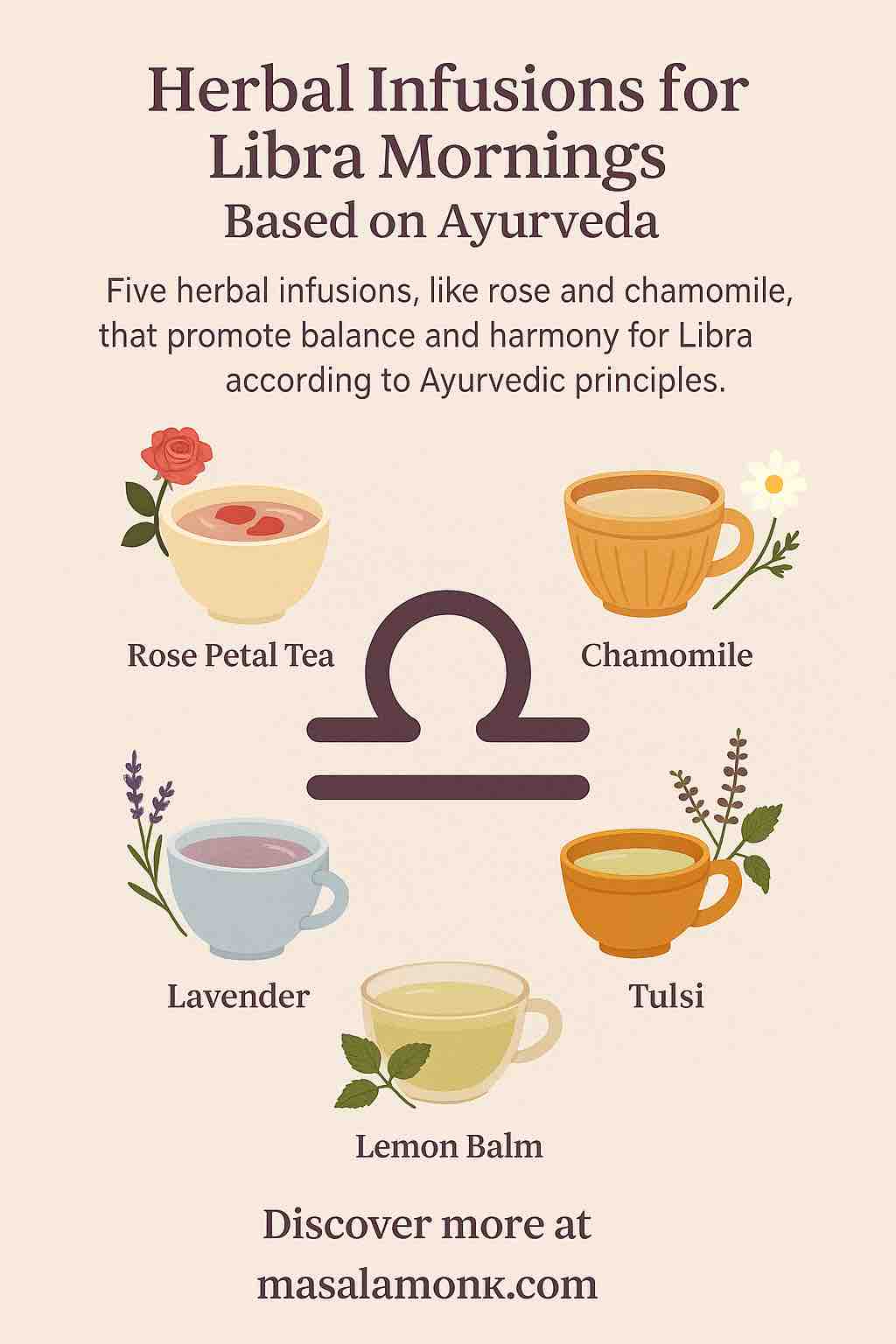
From ancient Ayurvedic remedies to viral social media trends, the combination of onion juice and honey has been hailed as a miracle cure for everything from coughs to hair loss. But how much do we really know about this potent home remedy? While the benefits may sound promising, the side effects are often overlooked. In this comprehensive guide, we dive deep into the surprising science behind onion juice and honey, uncover their individual and combined effects, and help you decide whether this natural duo is truly safe for you.
Section 1: Why People Use Onion Juice and Honey
Before we look at the downsides, let’s understand the hype:
- For Cough and Cold: The antibacterial properties of onion combined with the soothing and antimicrobial action of honey make it a popular remedy.
- For Skin and Hair: Onion juice is believed to promote hair growth and treat acne. Honey is a known moisturizer and antibacterial agent.
- As an Immunity Booster: Together, they’re thought to enhance the immune system thanks to their natural bioactive compounds.
Section 2: The Hidden Side Effects of Onion Juice
- Digestive Troubles:
- Onions are rich in fructans, which can cause bloating, gas, and abdominal discomfort, especially in those with IBS.
- Allergic Reactions:
- Some people experience hives, nasal congestion, or skin rashes upon contact or ingestion.
- Skin Irritation:
- Applying onion juice directly to the skin can cause redness, burning, or dermatitis, particularly in sensitive individuals.
- Blood Thinning Risk:
- Onion contains sulfur compounds that may have anticoagulant effects, increasing the risk of bleeding if you’re on blood-thinning medications.
Section 3: The Not-So-Sweet Side of Honey
- Allergy Risk:
- Honey can cause allergic reactions in people sensitive to pollen, bees, or specific plant sources.
- Botulism Danger in Infants:
- Honey should never be given to babies under one year due to the risk of infant botulism.
- Sugar Overload:
- Despite its natural label, honey is still high in sugars and can spike blood glucose levels, making it a concern for diabetics.
- Dental Problems:
- Regular use without proper oral hygiene may contribute to cavities and tooth decay.
Section 4: Side Effects When Combined
When you mix onion juice and honey, the side effects may be amplified:
- Increased Risk of Allergic Reactions: If you’re sensitive to either component, the combination can be doubly problematic.
- Enhanced Blood-Thinning Effect: This can be particularly dangerous for those on anticoagulants or preparing for surgery.
- Worsening of Digestive Issues: The high fructan content of onions and sugar load of honey can irritate the gut.
Section 5: Safe Use and Recommendations
- Consult Your Doctor: Especially important if you have underlying health conditions.
- Start Small: If you’re new to the remedy, begin with a small dose to test tolerance.
- Topical Use: Always do a patch test before applying to skin or scalp.
- Don’t Use on Infants: Absolutely avoid giving this mixture to children under one.
- Mind the Timing: Avoid taking the mixture close to the time of surgery or when on anticoagulants.
Conclusion: Miracle or Myth?
The onion juice and honey combo is not without its merits. However, the risks and side effects cannot be ignored. Natural doesn’t always mean safe, and it’s vital to be informed before jumping on the wellness bandwagon. As with all remedies, the key is moderation, awareness, and personalized care.
If you found this post helpful, share it with someone who needs to read this before trying another “miracle” home remedy. Your health deserves nothing less than the truth.
FAQs: Onion Juice and Honey Remedy
1. Can I take onion juice and honey daily?
While some use it daily for short periods, long-term use may cause digestive issues or allergic reactions. It’s best to consult your doctor and use it in moderation.
2. Is onion juice and honey safe for kids?
This remedy is not recommended for infants under one year due to the risk of botulism from honey. For older children, use only after pediatric consultation.
3. Does this mixture really cure coughs?
There is anecdotal and some scientific evidence that it can soothe mild coughs due to antibacterial and soothing properties, but it’s not a replacement for medical treatment in persistent or severe cases.
4. Can I apply the mixture on my scalp for hair growth?
Yes, many use onion juice (sometimes with honey) for promoting hair growth. Always do a patch test first to check for skin irritation.
5. What are the signs of an allergic reaction to this remedy?
Symptoms include itching, hives, swelling, nausea, or difficulty breathing. Discontinue use and seek medical attention if you experience any of these.
6. Is it effective for boosting immunity?
Onion and honey contain antioxidants and antimicrobial compounds, which may support immune health, but they are not substitutes for a balanced diet or medical care.
7. Can diabetics use honey and onion juice?
Caution is advised, especially for honey due to its high sugar content. Always consult a healthcare provider before use.
8. How long can I store the mixture?
It’s best used fresh. However, if refrigerated in an airtight container, it may last up to 2–3 days. Discard if it changes smell or color.
9. Can I use the remedy if I’m on blood thinners?
Avoid using onion juice regularly if you’re on anticoagulant medication, as it may increase bleeding risk.
10. What’s the best time to take the mixture?
Most people take it in the morning on an empty stomach or before bedtime for cough relief. However, timing can vary based on the purpose and your body’s reaction.













